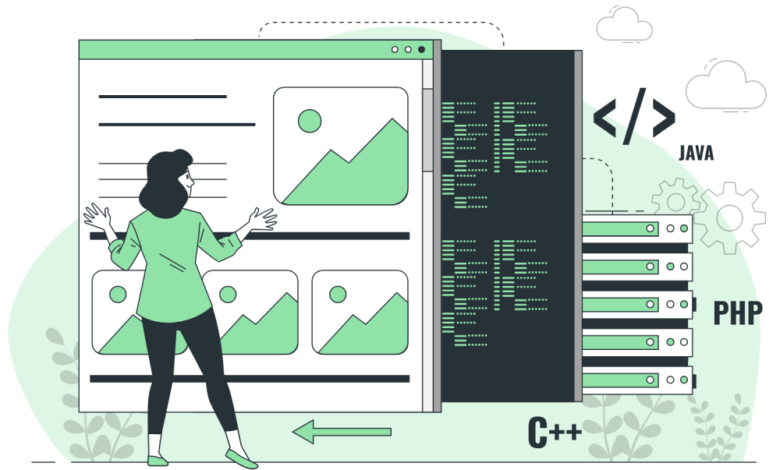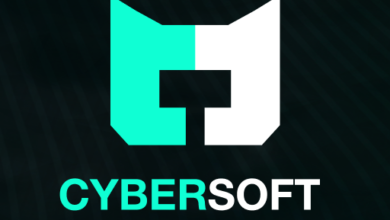How to Outsource Software Development Effectively

Outsourcing software development can be a strategic move for companies aiming to meet ambitious growth goals. When your in-house IT team’s size and skills don’t match the project’s demands, it can lead to operational bottlenecks that hinder progress. Fortunately,software outsourcing offers a solution by providing access to a wider talent pool and specialized expertise.
Choosing the Right Outsourcing Model
There are three primary outsourcing models, each with its own benefits and drawbacks:
- Onshoring: This involves outsourcing to companies within your own country. While this model allows for greater control and easier communication, it tends to be more expensive.
- Nearshoring: By outsourcing to nearby countries, you can enjoy cost savings while maintaining a reasonable level of communication and cultural alignment. This model strikes a balance between cost-effectiveness and operational efficiency.
- Offshoring: This model taps into a global talent pool, often at a lower cost. However, it may introduce challenges related to communication and time zone differences.
Selecting the right model is crucial. For instance, onshoring may resemble working with an in-house team but can be cost-prohibitive, while nearshoring offers a compromise that many companies find appealing.
Selecting an Outsourcing Strategy
Your chosen strategy significantly impacts the outcome of your project. The three main strategies are:
- Staff Augmentation: This approach involves supplementing your existing team with external developers. It allows for scalability and flexibility, enabling you to increase workforce capacity as needed.
- Project-Based Outsourcing: In this scenario, the outsourcing partner takes full responsibility for completing the project. This approach lets your internal team focus on other tasks while the external team manages the project scope.
- Dedicated Teams: Here, an external team is responsible for the entire development process. This strategy is particularly beneficial for organizations outside the software industry, like healthcare providers, allowing them to leverage specialized expertise without needing to build it in-house.
Understanding the Outsourcing Process
To ensure a smooth outsourcing experience, familiarize yourself with the key steps involved:
- Define Your Needs: Clearly articulate your project requirements and the skills necessary to achieve your goals. Assess whether you need to build something new or can leverage existing technology.
- Prepare Documentation: Create comprehensive project documentation that outlines the scope, objectives, required skills, and other pertinent information to facilitate the evaluation of potential software companies.
- Research Potential Companies: Investigate the qualifications of prospective outsourcing partners. Look into their portfolios, interview representatives, and check references to confirm their capabilities.
- Select the Right Company: After thorough vetting, choose the software company that best fits your needs. Draft a contract that clearly outlines responsibilities, pricing structures, intellectual property rights, data security protocols, and acceptance criteria.
- Manage the Project: Once the contract is signed, actively manage the project to ensure adherence to timelines, budget constraints, and contractual obligations. Maintain regular communication with the outsourced team as they build and test the software.
6.Finalize the Project: Upon completion, the software company will deliver the finished product along with all necessary documentation. You can then integrate it into your existing systems.
Bonus Tips for Effective Outsourcing
Communicate Regularly: Establish a routine for meetings to address issues promptly and adapt to any changes.
Create a Contingency Plan: Prepare for potential setbacks by developing a plan that minimizes disruptions should challenges arise.
By carefully selecting your outsourcing model and strategy, clearly defining your needs, and maintaining proactive communication, you can successfully navigate the complexities of software development outsourcing.




